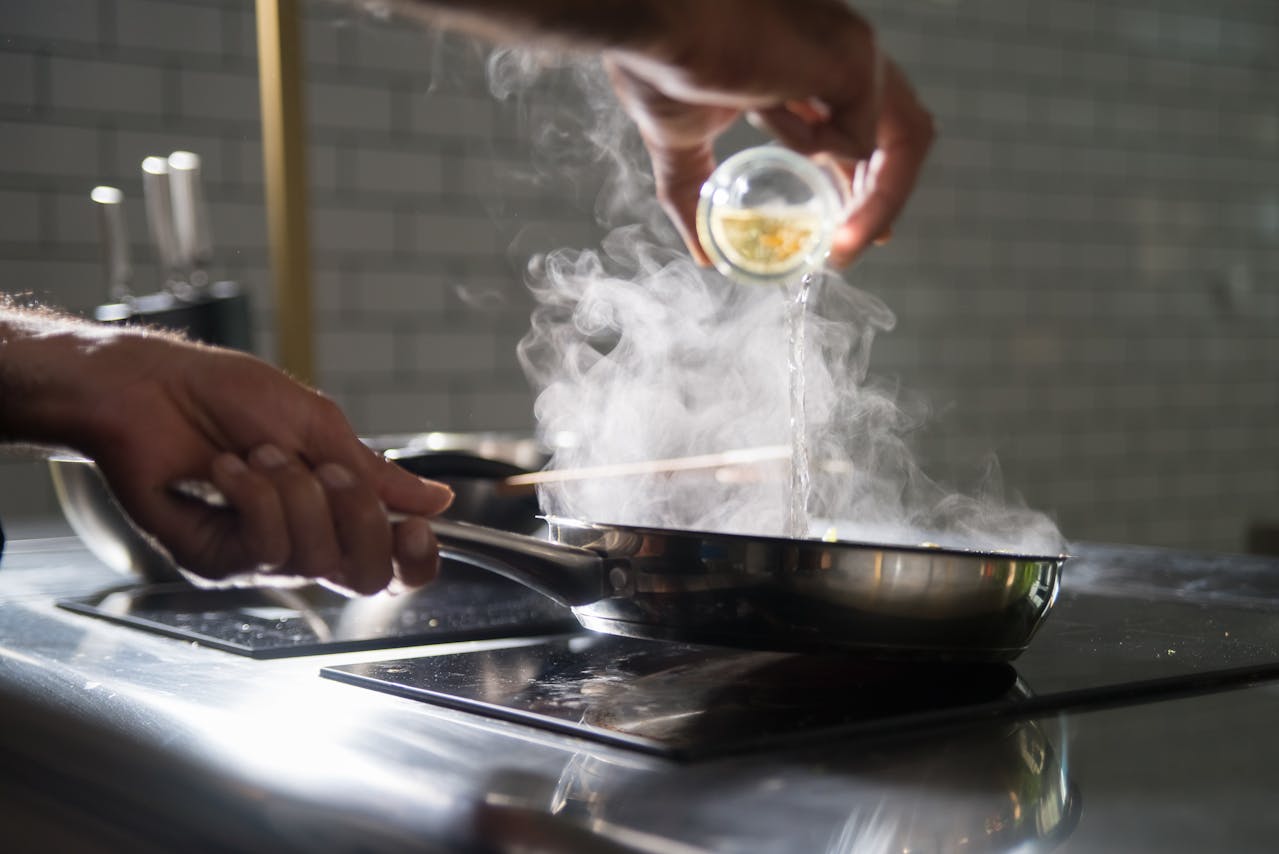11 Home Pizza Tweaks That Rival Local Pizzerias
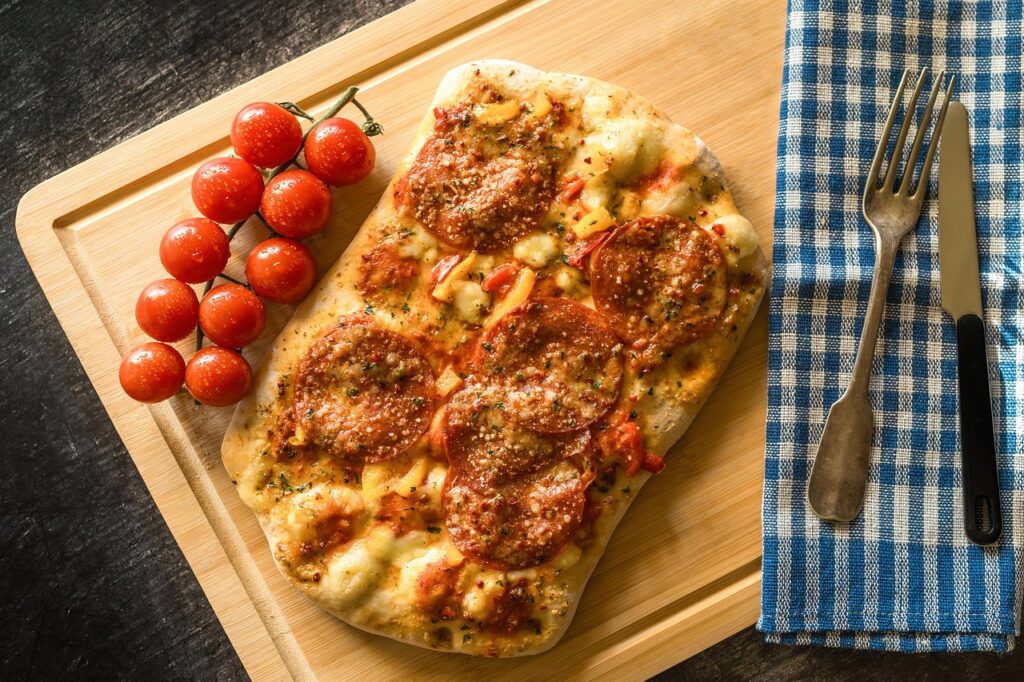
Homemade pizza doesn’t have to play second fiddle to your favorite pizzeria. With a few thoughtful tweaks and attention to technique, you can elevate your pies into restaurant-quality creations right in your own kitchen. From using high heat and a pizza stone to selecting fresh, high-quality cheeses and carefully prepared toppings, every detail matters. These adjustments help achieve the perfect balance of crispy crust, chewy interior, and bubbling, flavorful toppings. With practice and a few smart strategies, your homemade pizzas can rival local favorites, impress family and friends, and make your kitchen the ultimate pizza destination.
1. Stone or Steel
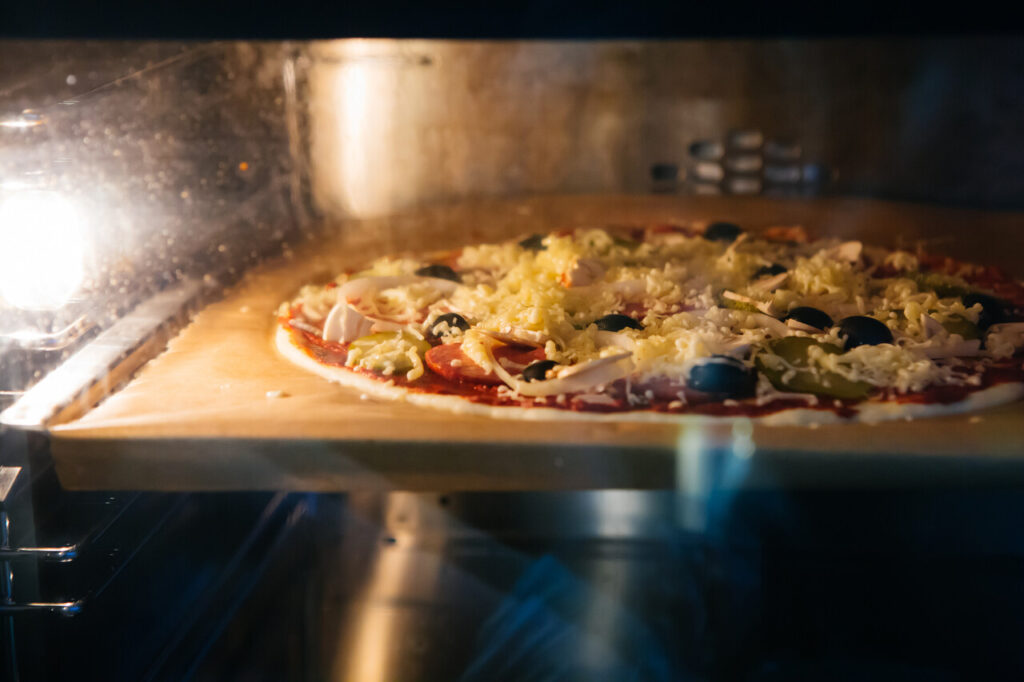
Think of a pizza stone or steel as your oven’s secret weapon: it stores and radiates intense heat for a crisp, blistered crust that a regular pan can’t match. Place the stone or steel on the lowest rack and preheat the oven thoroughly so the surface becomes uniformly hot. A steel heats faster and gives superior browning, while a stone holds heat and smooths temperature spikes. Slide the pizza directly onto the hot surface with a peel and watch the bottom char quickly while the toppings finish without overcooking.
2. High Heat
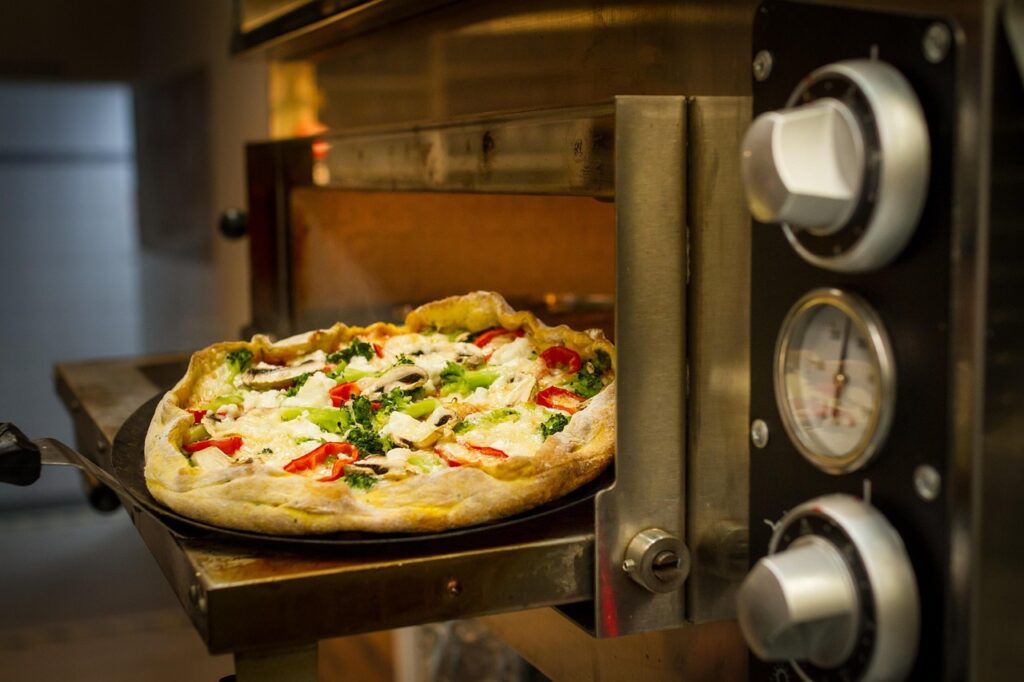
High oven heat is how pizzerias achieve that rapid rise and caramelization that home ovens usually miss. Crank your oven to its maximum safe temperature and allow at least 30 minutes for it to reach uniform heat. Fast cooking seals the crust, trapping steam and producing an airy crumb with a crunchy exterior. If you have a convection setting, use it carefully to help distribute heat, but remember that higher heat shortens bake time, so monitor pizzas closely to avoid burning.
3. Stretch, Don’t Roll
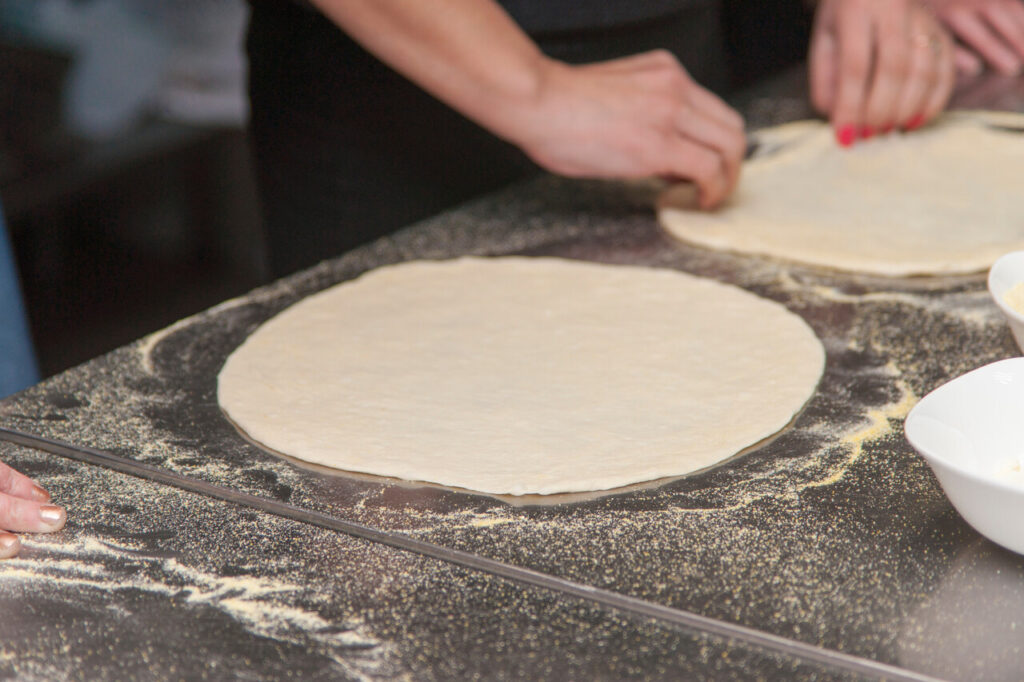
Hand-stretching dough preserves the air pockets that give the crust its light, chewy texture; rolling pushes those bubbles flat and creates a denser base. Use gentle pressure from the center outward while rotating the dough, letting gravity and elasticity help thin the middle. Don’t overstretch the outer rim if you want a defined cornicione, and avoid pounding the dough. A lightly floured surface and a soft, tacky dough make this technique easier and keep the crust pleasantly airy after baking.
4. Cold Ferment the Dough
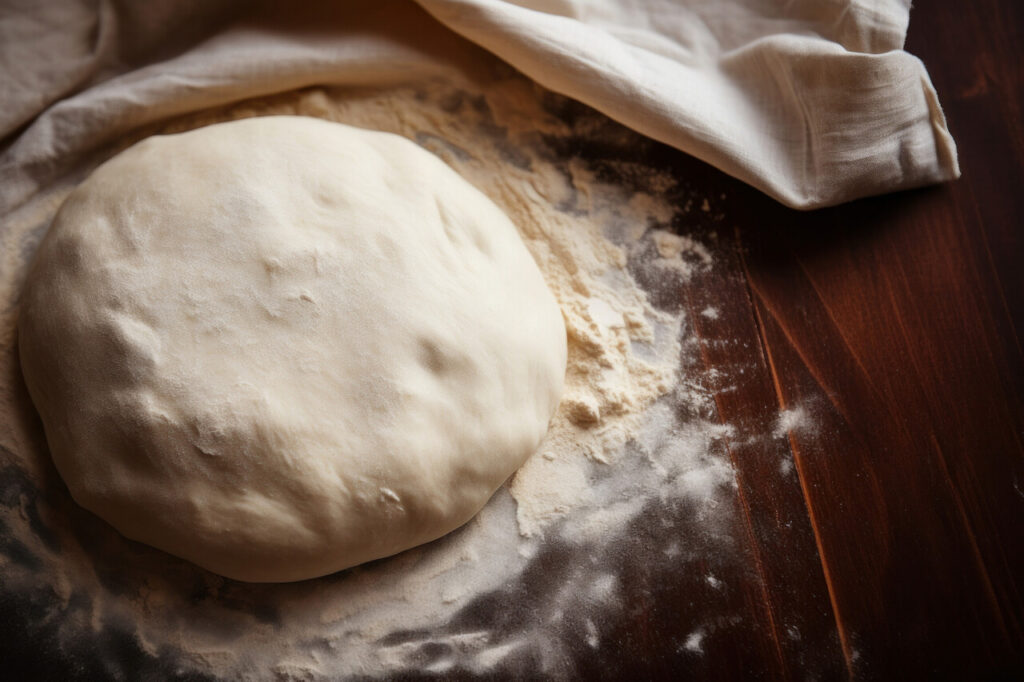
Cold fermenting dough in the refrigerator for 24 to 72 hours develops complex flavors and improves gluten structure, giving you a crust with nuanced taste and chew. The slow fermentation allows yeast and enzymes to work gradually, producing organic acids and aromatic compounds that mimic pizzeria depth. Keep dough balls lightly oiled and covered, and bring them back to room temperature before shaping to make stretching easier. This simple time investment significantly upgrades the homemade crust without extra effort during assembly.
5. Quality Cheese
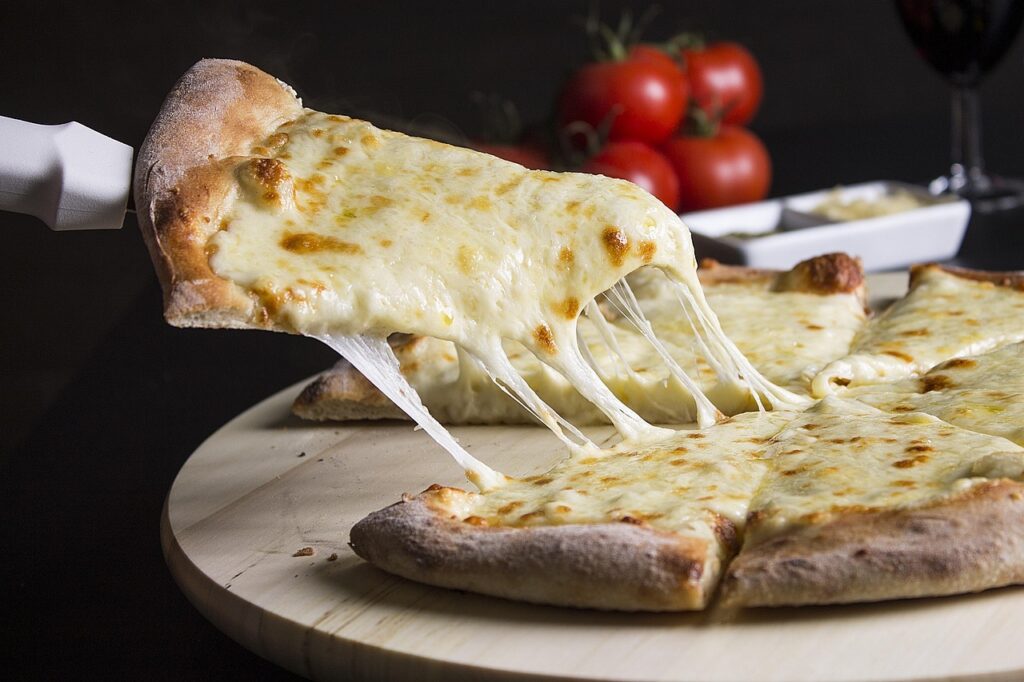
Cheese is the flavor bridge on pizza; using high-quality, properly handled cheese makes a dramatic difference. Avoid pre-shredded blends that contain anti-caking additives, which can hinder melting. Fresh mozzarella gives creamy pulls and mild flavor, while a blend with aged provolone or fontina adds depth and browning. Pat-dry fresh mozzarella to prevent excess moisture, and distribute cheese evenly so it melts into a cohesive layer without rendering the crust soggy. Taste and texture improve with better ingredients.
6. Drain and Season Toppings
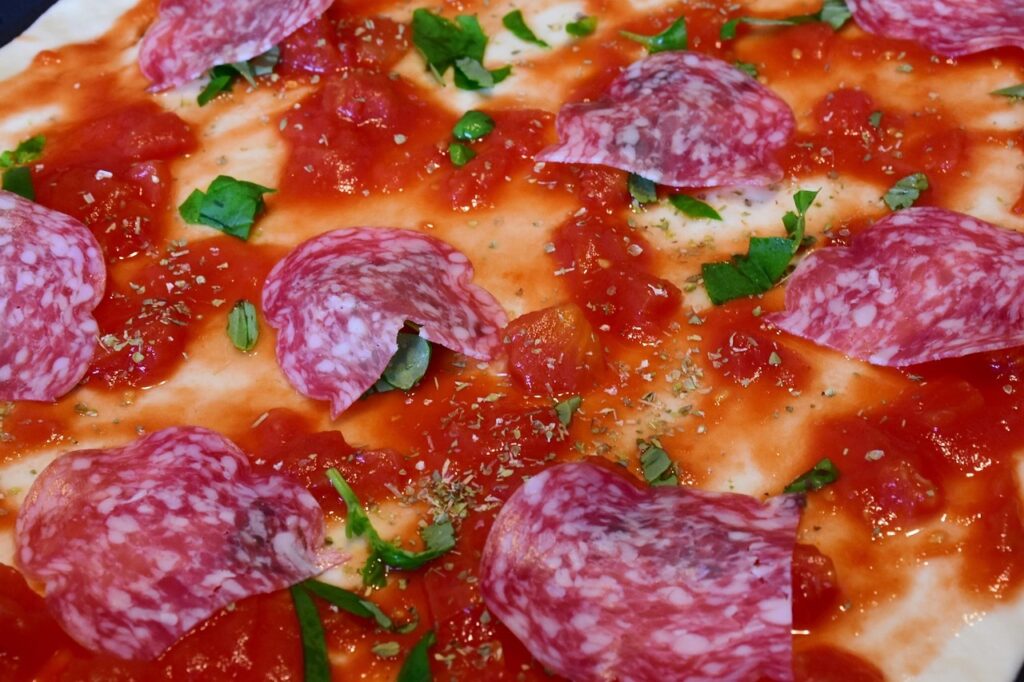
Watery toppings are a common reason for a limp crust. Vegetables like mushrooms or zucchini release moisture; precook, sweat, or pat them dry before adding. Meats should be well-drained after browning to remove excess fat. Season toppings separately so each element carries its own profile rather than relying on the bake alone. Proper prep concentrates flavors, maintains crust integrity, and prevents the pizza from becoming a soggy disappointment. Small steps in prep lead to a cleaner, more focused final bite.
7. Homemade Sauce
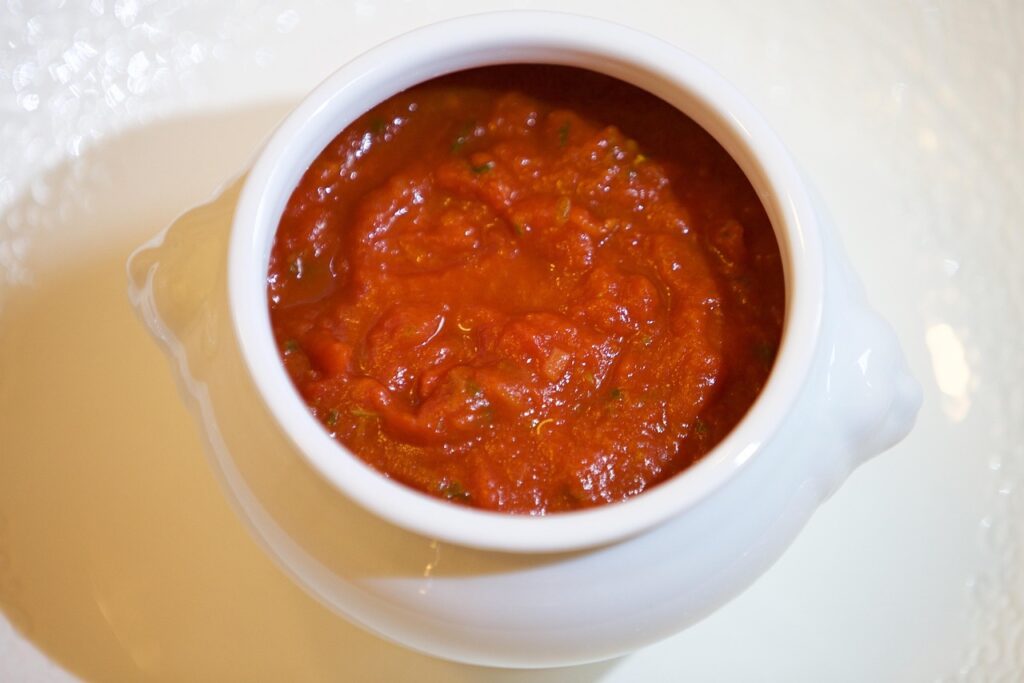
A simple homemade sauce of crushed tomatoes, salt, olive oil, garlic, and a touch of herbs outperforms many jarred options because it’s fresher and more balanced. Use quality canned San Marzano-style tomatoes for consistency, crush by hand or pulse briefly to keep texture, and season conservatively so the sauce complements but does not overpower toppings. Simmer only briefly if at all; overcooking can dull brightness. A fresh, well-seasoned sauce harmonizes ingredients and keeps the pie lively.
8. Layer Smartly
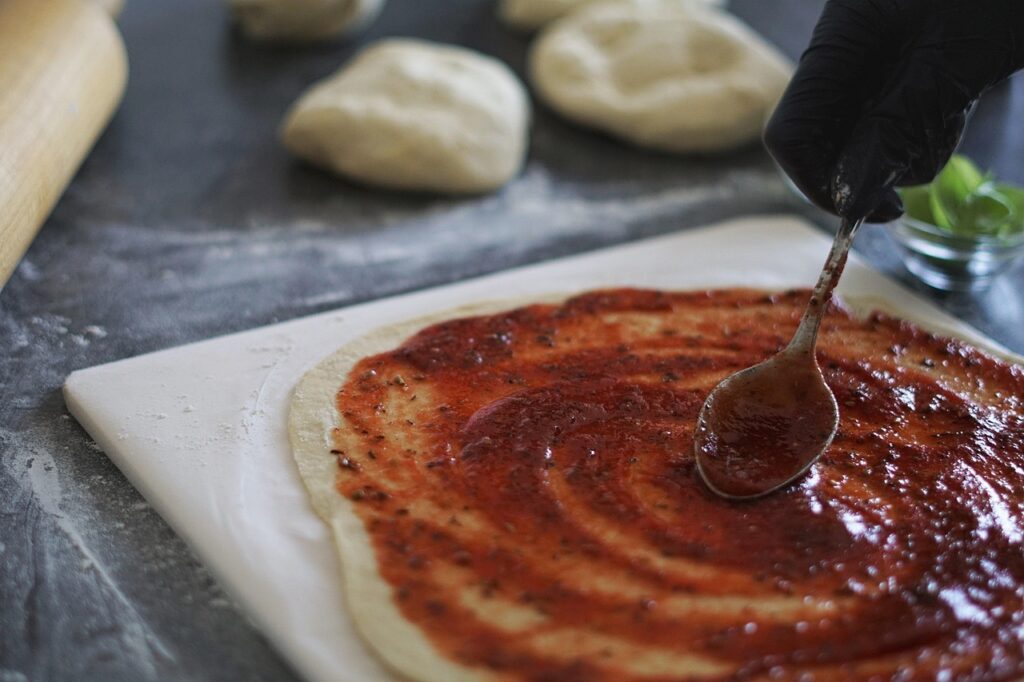
Layering affects texture: put cheese beneath prone-to-soggy toppings to create a moisture barrier, and add delicate herbs or arugula after baking to preserve their brightness. Hearty items like sausage or caramelized onions can go on top to crisp, while thin slices of prosciutto are best added after to keep them tender. Consider how each ingredient behaves under heat and assemble with intention. Smart layering keeps the crust crisp and ensures every bite has balanced texture and flavor.
9. Experiment with Shapes
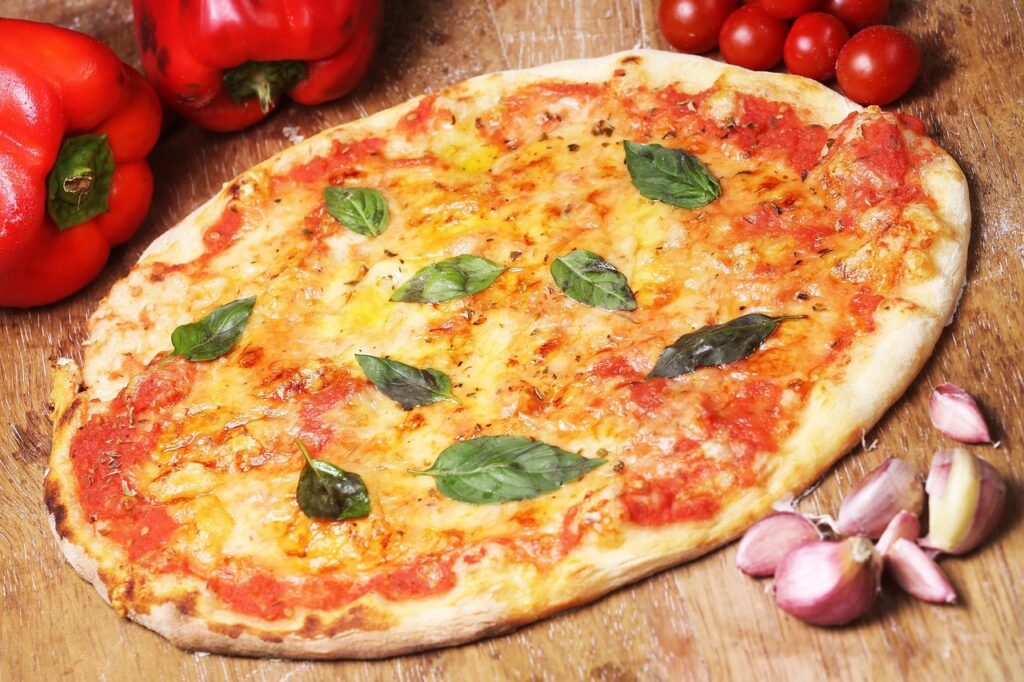
Breaking from the round standard opens practical and textural possibilities. Rectangular sheet-pan pizzas give consistent, even bakes and are ideal for feeding a crowd, while personal-sized rounds allow higher edge-to-center ratios for crisp corners and blistering. Pan styles cast iron for caramelized edges, steel for blistering change outcomes. Don’t be afraid to adjust dough thickness and topping load for the shape you choose. Shape experimentation helps you match technique to occasion and oven characteristics.
10. Finish with a Drizzle
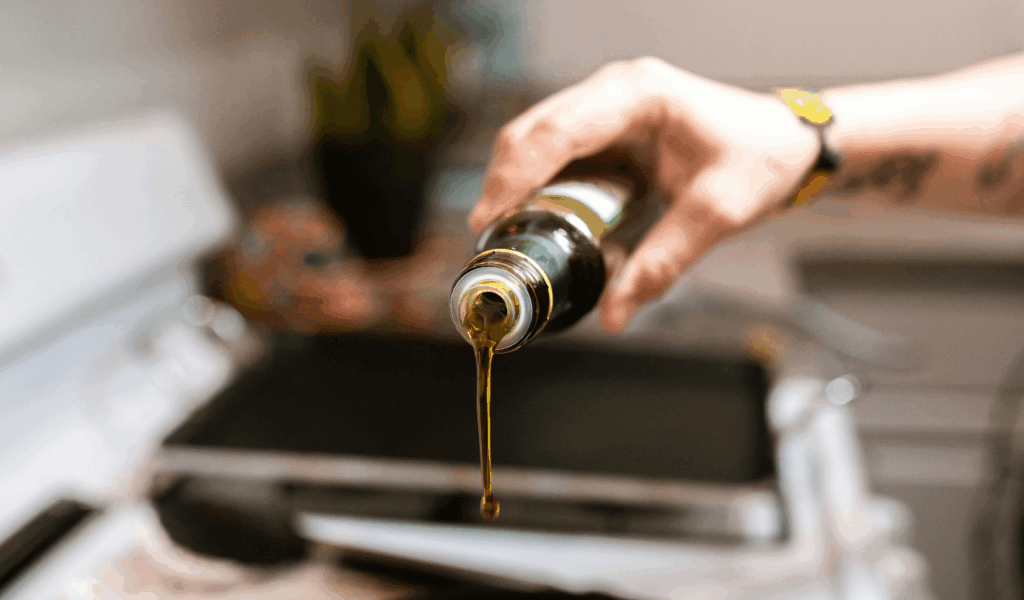
A finishing touch applied after baking can lift flavors and add complexity without extra cooking. A drizzle of good olive oil enhances aroma, chili oil brings heat, honey balances spicy salamis, and a balsamic reduction adds sweet acidity. Addings like flaky salt, fresh basil, or a squeeze of lemon after the pizza comes out keep those bright, volatile flavors intact. Finishes are the last chance to add personality and mirror the nuanced touches you’d expect from a local pizzeria.
11. Invest in a Peel
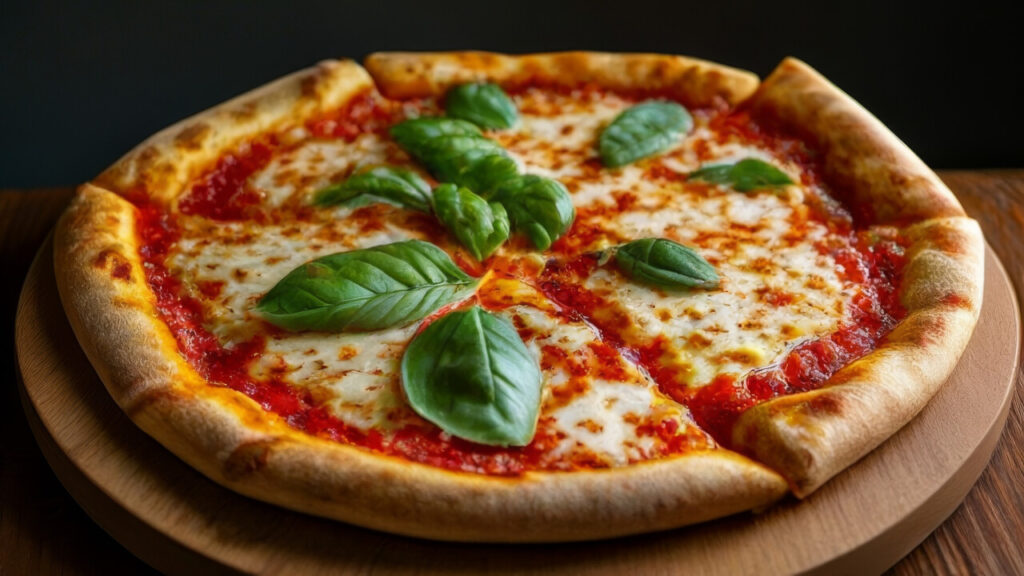
A peel is the difference between a misshapen pie and a confident slide onto a hot surface. Wooden peels are great for launching floured dough, as they let the dough slide easily, while metal peels are thinner and better for retrieving baked pies from stones or steel. Practice transferring with a light dusting of flour or semolina and a short, firm shove to prevent sticking. A good peel protects both the pizza and your hands, speeds up workflow, and makes the whole cooking process feel professional.





